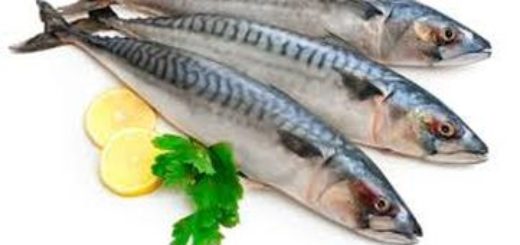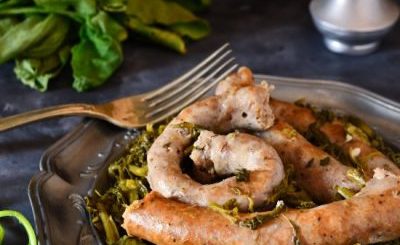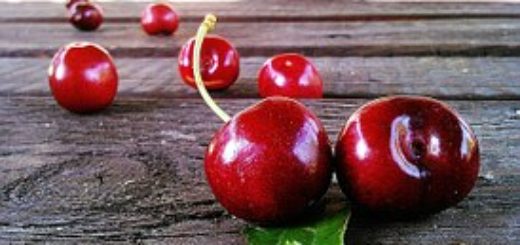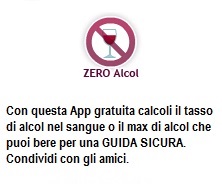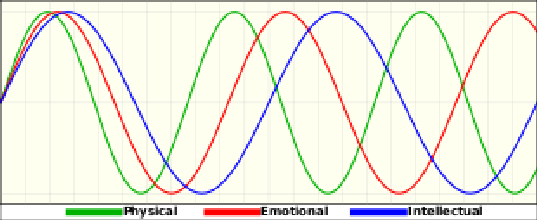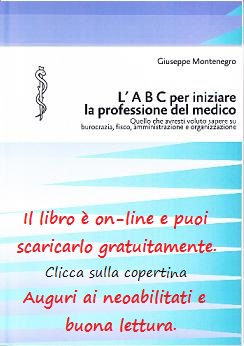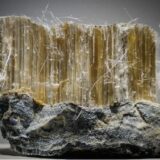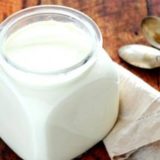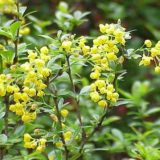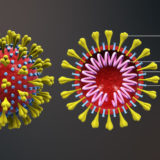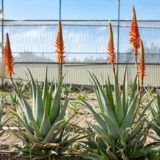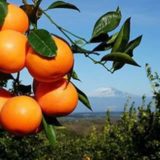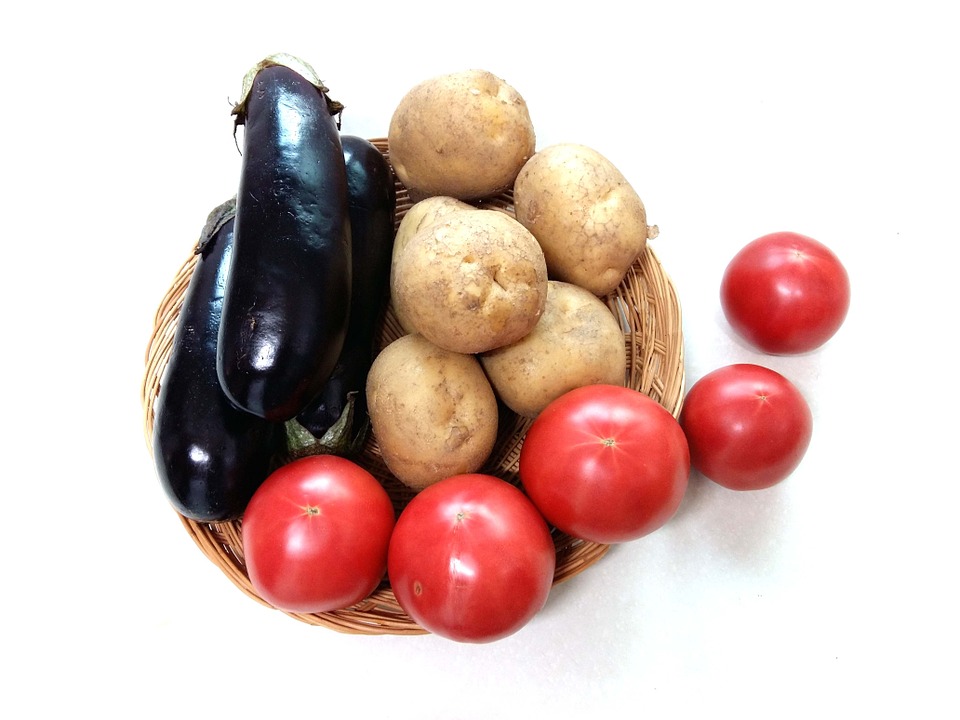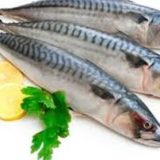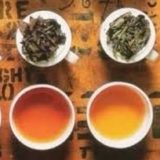Carruba, un frutto con diversi carati
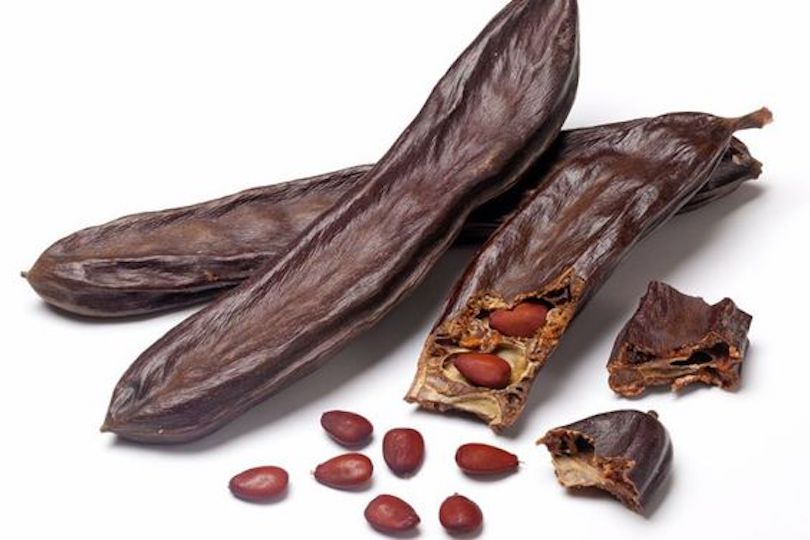
La carruba (nota anche con il nome di Pane di S. Giovanni) è un baccello, frutto spontaneo dell’albero sempreverde del carrubo (Ceratonia siliqua L.). I baccelli delle carrube sono dapprima di colore verde e con la maturazione assumono una colorazione marrone; hanno una scorza (epicarpo) crostosa, una polpa (mesocarpo) carnosa e zuccherina in cui sono contenuti una fila di dieci o quindici piccoli semi scuri lenticolari, molto duri.
La carruba, i diamanti, l’oro hanno qualcosa in comune. Scopriamo questa curiosità… I semi di carruba, piccoli e lenticolari, grazie al loro costante peso, pari a 0,2 g, e uniforme dimensione venivano utilizzati come unità di misura per calcolare il peso di metalli e pietre preziose. Furono gli Arabi ad introdurre questa unità di misura col termine “Karat” o “qirat”, divenuto poi “carato”.
La coltivazione di carrubo Gli alberi di carrubo, la cui origine è incerta (Asia Minore? Siria? Egitto? Sicilia?) fu incentivata dagli Arabi (VII-VIII sec. d.C.) ed a loro si deve il nome della pianta e del frutto rispettivamente “kharrub” o “charnub” e “charrùba”.
Questo albero secolare ha la capacità di vivere in terreni aridi e poveri, con condizioni climatiche inospitali; la sua crescita è molto lenta e dopo il decimo anno di età incomincia a fruttificare. A vent’anni la pianta deve ancora raggiungere la sua piena formazione. Dopo il trentesimo anno di vita e fino ai duecento anni, l’albero è considerato giovane.
Tra i più longevi si menzionano il “carrubo di Favarotto”, in territorio di Rosolini, al quale vengono attribuiti duemila anni di vita; il “carrubo di Caschetto” (oltre mille anni) e il “carrubo di Iozia” (seicento anni) in territorio di Modica.
L’area mediterranea è la maggiore produttrice mondiale di carruba con circa il 90% del prodotto. L’Italia è la seconda produttrice, dopo la Spagna, e la provincia di Ragusa è il territorio italiano maggiormente vocato alla coltivazione di queste piante con circa il 70% della produzione nazionale.
La carruba è un alimento molto energetico: 100 grammi di carrube apportano circa 207 Kcal.; ricca di proteine, vitamine (del gruppo B, vit. C, vit. E, vit. K), calcio, zinco, potassio, magnesio, fosforo è anche una fonte di antiossidanti con particolare riferimento ai flavonoidi. La ricchezza di fibre insolubili della carruba, riducendo l’assorbimento intestinale dei grassi, aiuta ad abbassare il colesterolo.
I tannini contenuti nella carruba, grazie al loro potere astringente, possono coadiuvare nella terapia antidiarroica, intervenendo nella prevenzione della crescita batterica dannosa all’intestino e riducendo la formazione dei gas intestinali che provocano il dolore tipico della colica.
La carruba, come alternativa al cacao, rappresenta un’opzione interessante per chi è allergico o intollerante a questo ingrediente; inoltre ha il vantaggio di un’assenza quasi totale di teobromina e un elevato contenuto in zuccheri invertiti. Non contenendo glutine può essere utilizzata da chi soffre di celiachia.
La farina di carruba, ottenuta dai semi di questo frutto, viene utilizzata come sostituto del cacao soprattutto nella preparazione di bevande e di dolci. La pasta di carruba viene impiegata nella produzione del cioccolato.
Le carrube si conservano per molto tempo, in luogo fresco e asciutto.

Quest’opera è distribuita con Licenza Creative Commons Attribuzione – Non commerciale – Condividi allo stesso modo 4.0 Internazionale
Carob (also known as St. John's Bread) is a pod, the spontaneous fruit of the evergreen carob tree (Ceratonia siliqua L.). The pods of the carob pods are initially green and with maturation take on a brown color; they have a crusty skin (epicarp), a fleshy and sugary pulp (mesocarp) in which are contained a row of ten or fifteen small dark lenticular, very hard seeds.
Carob, diamonds, gold have something in common. Let's discover this curiosity ... Carob seeds, small and lenticular, thanks to their constant weight, equal to 0.2 g, and uniform size were used as a unit of measurement to calculate the weight of metals and precious stones. It was the Arabs who introduced this unit of measurement with the term "Karat" or "qirat", which later became "carat".
The cultivation of carob The carob trees, whose origin is uncertain (Asia Minor? Syria? Egypt? Sicily?) Was encouraged by the Arabs (VII-VIII century AD) and we owe the name of the plant and the fruit respectively "Kharrub" or "charnub" and "charrùba".
This secular tree has the ability to live in arid and poor soils, with inhospitable climatic conditions; its growth is very slow and after the tenth year of age it begins to bear fruit. At twenty, the plant has yet to reach its full formation. After the thirtieth year of life and up to two hundred years, the tree is considered young.
Among the most long-lived we mention the "Favarotto carob", in the territory of Rosolini, to which two thousand years of life are attributed; the "carob of Caschetto" (over a thousand years old) and the "carob of Iozia" (six hundred years old) in the territory of Modica.
The Mediterranean area is the world's largest producer of carob with about 90% of the product. Italy is the second producer, after Spain, and the province of Ragusa is the Italian territory most suited to the cultivation of these plants with about 70% of the national production.
Carob is a very energetic food: 100 grams of carob make about 207 Kcal .; rich in proteins, vitamins (group B, vitamin C, vitamin E, vitamin K), calcium, zinc, potassium, magnesium, phosphorus, it is also a source of antioxidants with particular reference to flavonoids. The richness of insoluble fiber of the carob, reducing the intestinal absorption of fats, helps to lower cholesterol.The tannins contained in carob, thanks to their astringent power, can assist in anti-diarrheal therapy, intervening in the prevention of bacterial growth that is harmful to the intestine and reducing the formation of intestinal gas that cause the pain typical of colic.Carob, as an alternative to cocoa, is an interesting option for those who are allergic or intolerant to this ingredient; it also has the advantage of an almost total absence of theobromine and a high content of inverted sugars. As it does not contain gluten, it can be used by celiac disease sufferers.Carob flour, obtained from the seeds of this fruit, is used as a substitute for cocoa especially in the preparation of drinks and sweets. Carob paste is used in the production of chocolate.Carobs can be kept for a long time in a cool and dry place.


